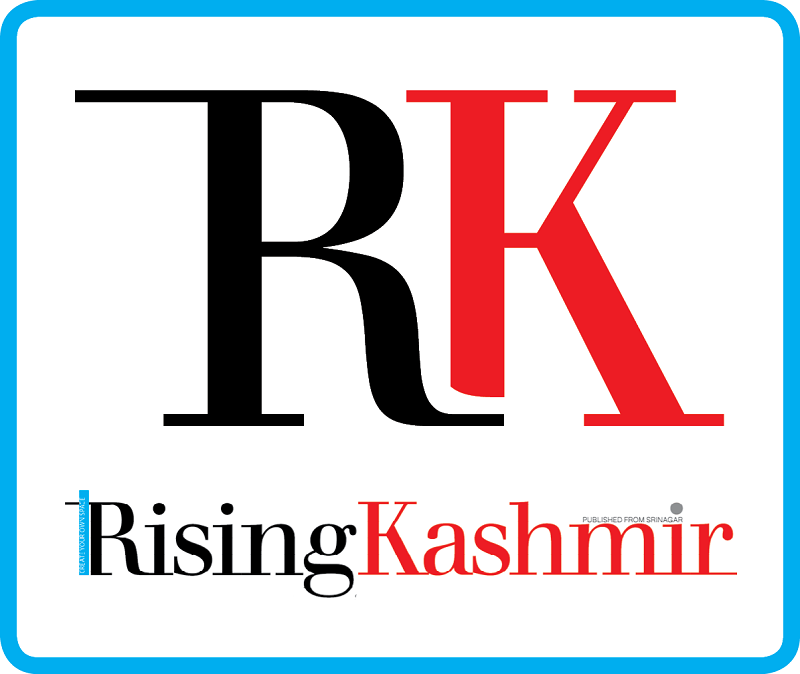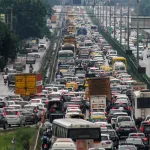Srinagar, Apr 26: Jammu and Kashmir has experienced a significant decline in its Total Fertility Rate (TFR), with the latest data from the National Family Health Survey-5 (NFHS-5) revealing that the region’s TFR now stands at 1.4.
According to the figures mentioned in the Economic Survey Report 2024-25 of the Jammu and Kashmir Government, the TFR as per the NFHS-4 (2015-16) was 1.6.
The TFR has now declined to 1.4 as per the NFHS-5 (2019-20), indicating a decline of 0.2 points over five years in the union territory.
The TFR is a crucial demographic indicator that estimates the average number of children a woman would bear over her lifetime. A declining TFR is often associated with societal changes such as increased education levels, urbanization, and evolving lifestyle patterns.
Dr. Samiya Mufti, Professor at the Department of Obstetrics and Gynecology, Government Medical College (GMC) Srinagar, attributed the declining fertility rate to a range of factors, including changing lifestyles, late marriages, and increasingly sedentary habits.
“Fertility rates are declining not only in several states of India but also in many countries around the world. These changes significantly impact the reproductive system,” she said.
Dr. Mufti emphasized that the quality of life, delayed marriages, high stress levels, and lack of regular physical activity all contribute to hormonal imbalances and negatively affect both male and female fertility. “It is not only women who are affected; men too are experiencing issues related to fertility,” she said.
Highlighting the importance of preventive measures, she stressed the need for adopting a healthy lifestyle as a key to improving overall well-being, including cardiovascular health, bone health, nervous system function, and reproductive health.
“People must pay attention to what they eat, stay active, and manage their stress levels effectively,” she advised.
According to the Govt. of India data, women in J&K marry at an average age of 26, the highest in the country. In contrast, the national average stands at 22.1 years. This delay in marriage shortens the reproductive window, contributing to the region’s lower fertility rate.
Furthermore, Dr. Mufti suggested that society should work towards making marriages simpler and more accessible, so that girls can marry at a younger, healthier age.
“As a society, we must ease the process of marriage. It is essential that girls can marry earlier to help ensure better reproductive health outcomes,” she said.
Health care experts link the low TFR to rapid urbanisation and shrinking family incomes. With more couples migrating to urban areas for employment, they are often separated from extended families who could have provided essential childcare support.
J&K records steep drop in total fertility rate, now at 1.4

Leave a Comment Leave a Comment







